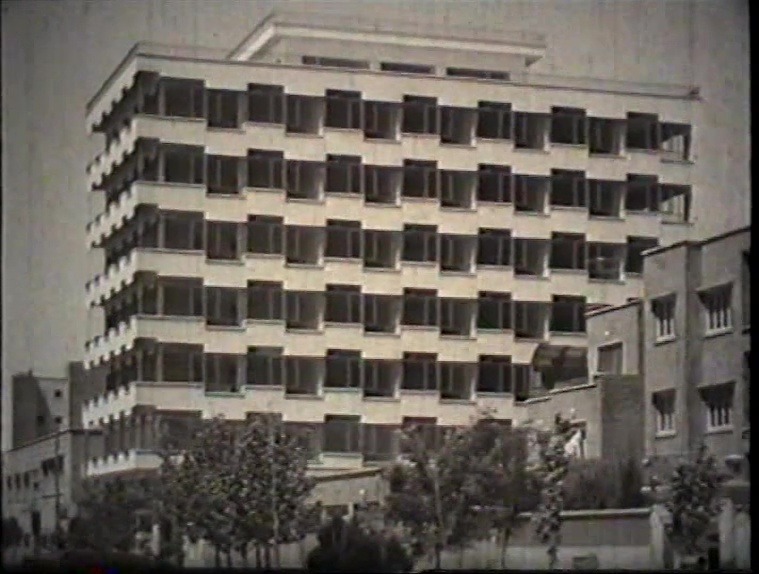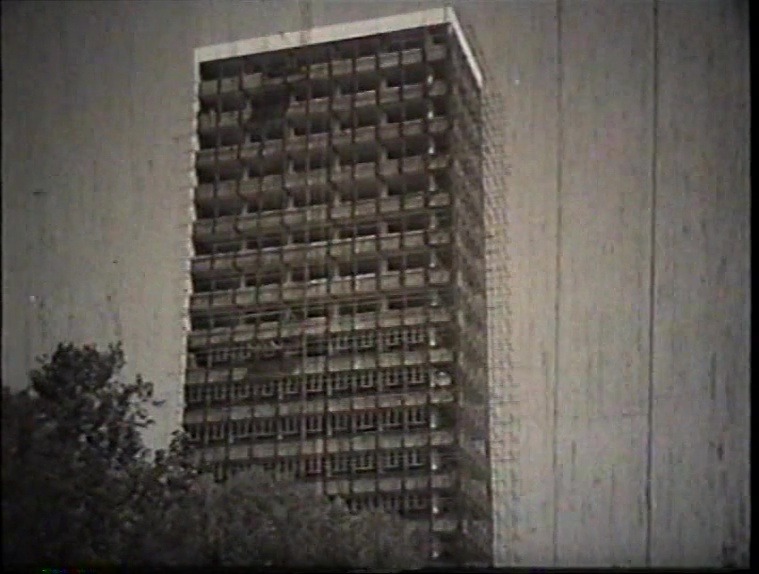 |
Taj Cinema in Abadan
|
Commissioned by me and originally published in the now defunct Underline magazine, this piece by the prolific (and Abadani) historian of Iranian cinema, Abbas Baharloo, sheds light on a lesser-known and nonetheless very significant chapter in the history of film culture in pre-revolutionary Iran. — EK
The Anglo-Persian Oil Company ushered in a ‘golden age’ of cinema-going in Abadan before nationalisation in 1951. Overseen by the Company, however, popular entertainment and propaganda were mixed, and screenings did little to bridge social divisions.
By Abbas Baharloo
Many years ago now, Abadan was a city that welcomed immigrants and a place where many settled. Its population was made up of people from many different Iranian and international cities; Isfahanis, Shirazis, Baluch, Kurds, Lors, Arabs, and Azeris lived alongside Britons, Americans, Indians, and people from Rangoon in Burma. At the time Abadan was a bustling city and a vibrant centre of all sorts of cultural and artistic activities. There were leisure clubs; modern cinemas; libraries housing books and other publications in Persian, English, and Arabic; theatre, photography, and gardening associations; concerts of Iranian and foreign music; lectures on literature, music and painting, and sporting competitions. Despite all this, in Abadan doors were not always open to everybody. The prominent Iranian filmmaker Nasser Taghvai, born in Abadan in 1941, remembers it thus:













